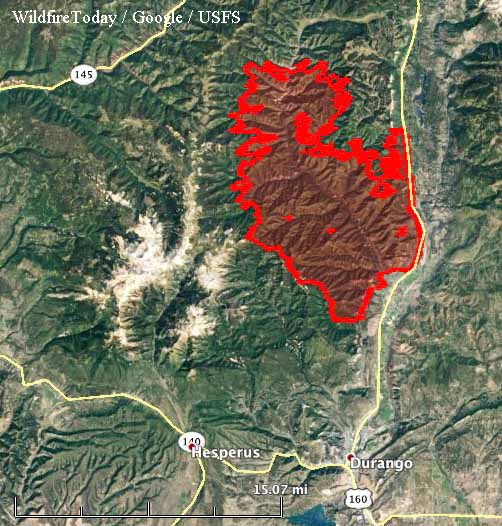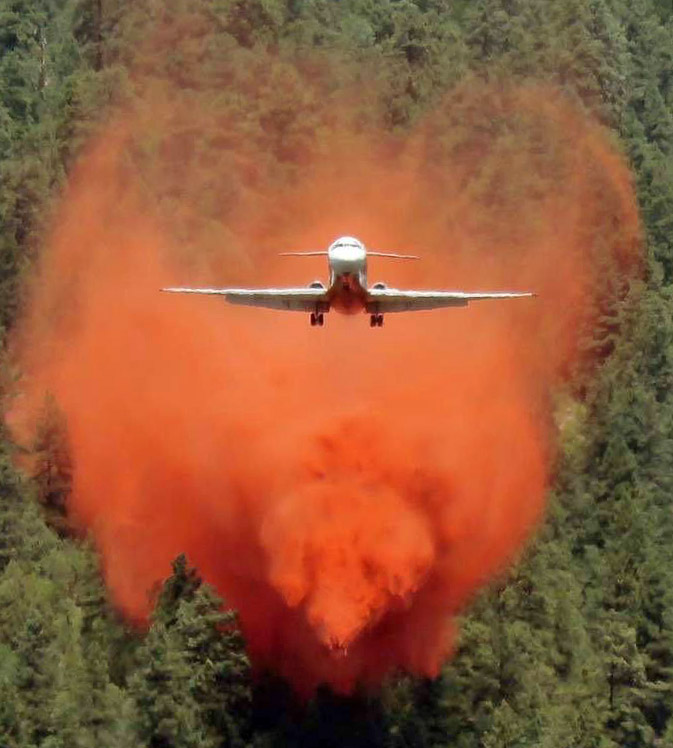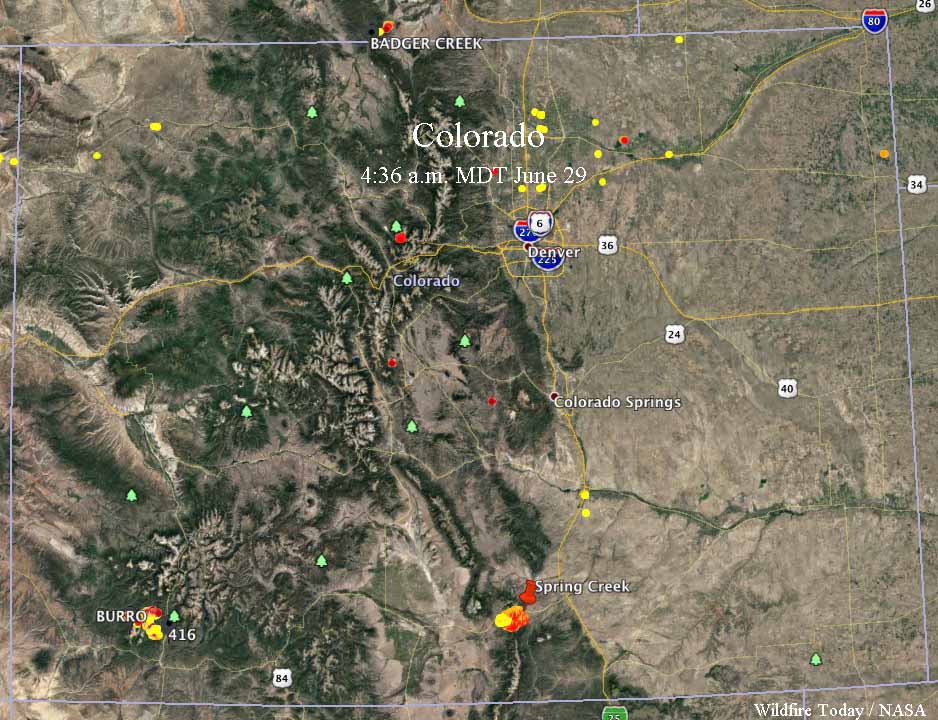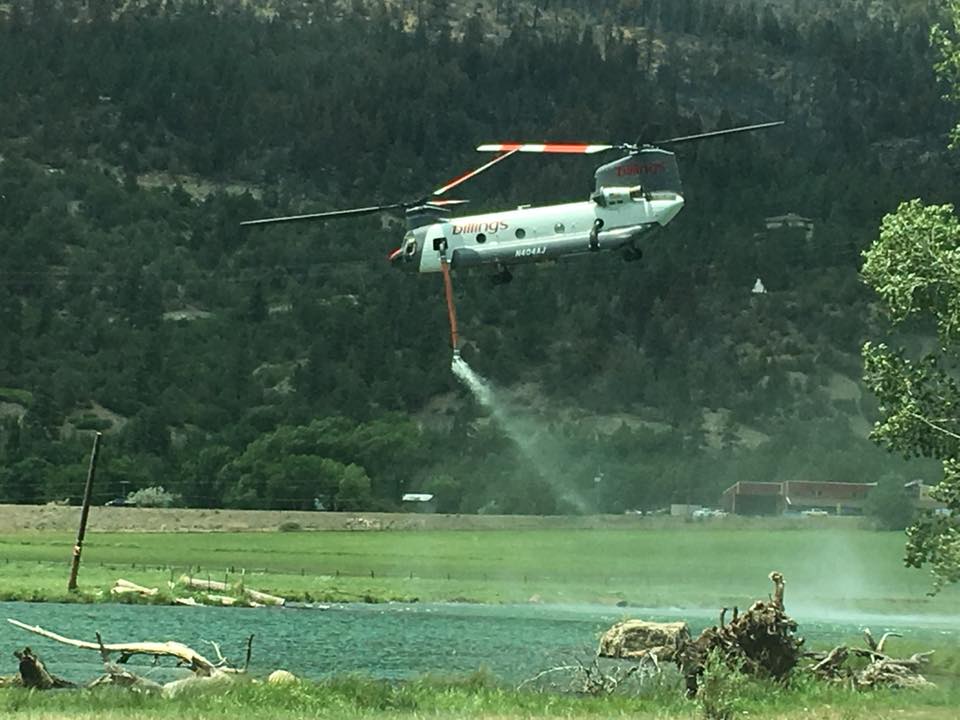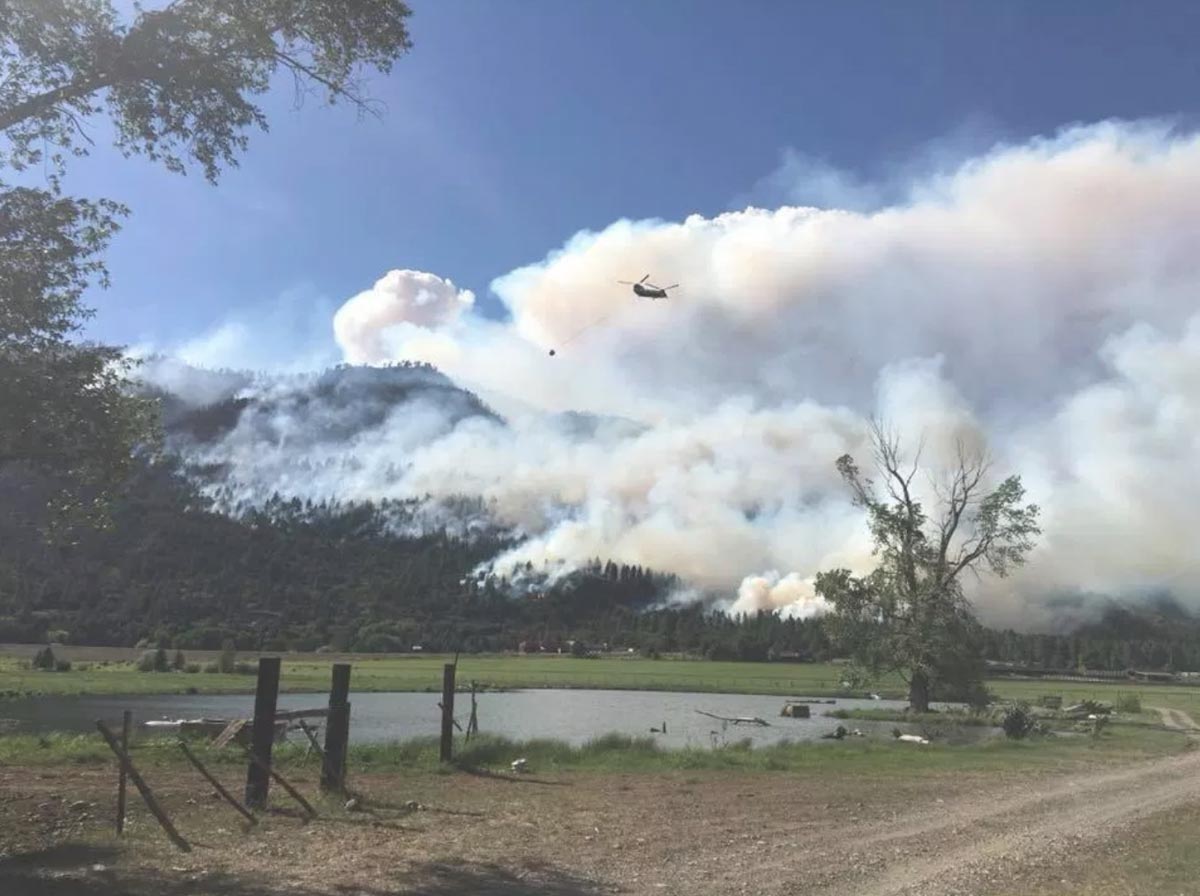
The U.S. Department of Justice has filed a lawsuit against a railroad company for starting what became the 54,129-acre “426 Fire” north of Durango, Colorado. The government is seeking to recover $25 million in suppression, damages, and rehab costs for the fire that started June 1, 2018 and burned actively for about 61 days. (See the map below.)
An investigation by the U.S. Forest Service determined that the fire was ignited by burning particles emitted from the exhaust on a coal-burning steam engine locomotive owned and operated by the Durango & Silverton Narrow Gauge Railroad Company and its owner and operator, American Heritage Railways, Inc.
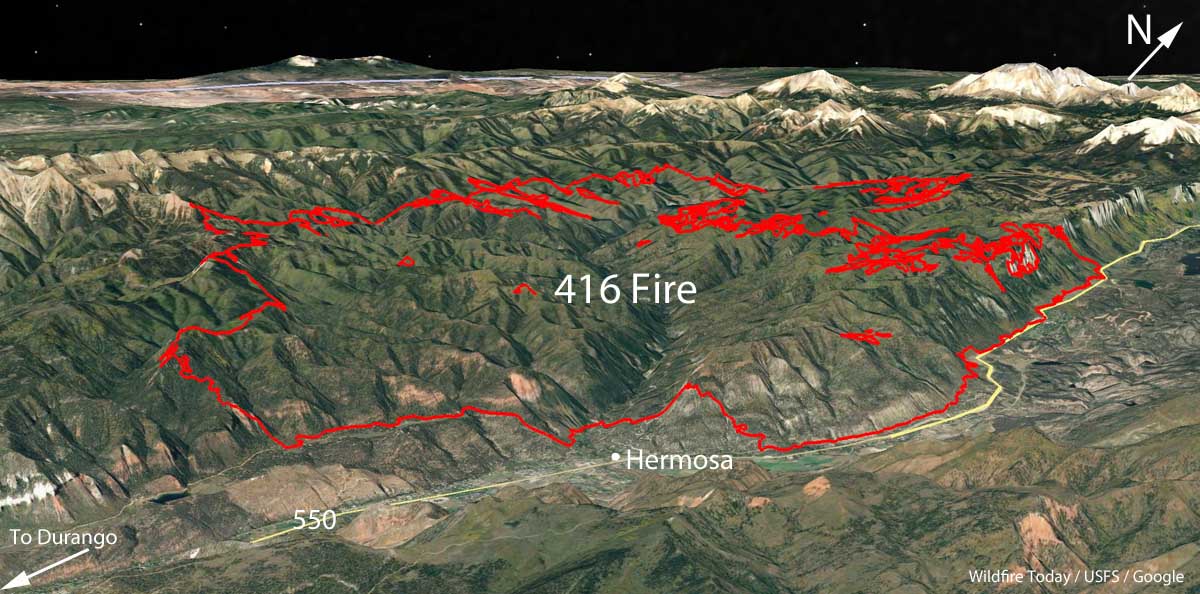
The United States asserts that because the fire was caused by the railroad company they should be held liable under federal and Colorado law for all the damages incurred by the United States as a result of the fire.
For years the company has been hauling tourists on a train pulled by the coal-burning engines on a 42-mile route between Durango and Silverton in southwest Colorado. Numerous fires have been attributed to the train. The Durango Herald studied seven of the fires that burned between 1994 and 2013 that investigators determined were started by the train. In these cases the railroad offered to pay much less than the amount billed by the Forest Service. The agency settled with the company, agreeing to allow payments of between 20 and 88 percent for the seven fires, averaging 53 percent of the billed amounts.
We assembled the data from the article and created the table below.

If the Forest Service continues their trend of allowing the Durango & Silverton Narrow Gauge Railroad Company to pay 53 percent of the suppression costs, they may settle for about $13 million.
In September, 2018 at least six local residents and business owners in the Durango, Colorado area filed a lawsuit against the Durango & Silverton Narrow Gauge Railroad Company claiming the 416 Fire adversely affected tourism, causing a 5.6 percent drop in sales tax and a 13.2 percent drop in lodgers tax over the same period in 2017.
The video below is an interview with Cres Fleming who was the second person on scene at the 416 Fire June 1, 2018.
The next video was filmed by pilot Jim Watson of GB Aerial Applications showing Air Tanker 850 on the 416 Fire June 13, 2018, working with John Ponts, Lead 51 trainee. Jim said, “The Heavies did the long runs while the Single Engine Air Tankers offered close air support by reinforcing weak areas such as this drop in the bottom of a drainage.”
Click here to see all articles on Wildfire Today about the 416 Fire.
Thanks and a tip of the hat go out to Bean. Typos or errors, report them HERE.

